PRESERVING A MILITARY LEGACY FOR FUTURE GENERATIONS
The following Reflections represents MST2 Edmund Reardon’s legacy of his military service from 1977 to 1981. If you are a Veteran, consider preserving a record of your own military service, including your memories and photographs, on Togetherweserved.com (TWS), the leading archive of living military history. The following Service Reflections is an easy-to-complete self-interview, located on your TWS Military Service Page, which enables you to remember key people and events from your military service and the impact they made on your life. Start recording your own Military Memories HERE.
Please describe who or what influenced your decision to join the Coast Guard.

In the 1970s, while trying to complete my undergraduate degree at Penn State Univ., I ended up on the Dean’s “other” list. With my academic career teetering on failure, I became interested in other options for my future.
The original GI Bill was in place but would soon be changed to the newer version where matching funds were promised. I delayed-enlisted before the deadline at the Pittsburgh, PA recruiting office, which offered billets for either Cape May, NJ, or Alameda, CA. Interested in further travel, I opted for CA.
Whether you were in the service for several years or as a career, please describe the direction or path you took. What was your reason for leaving?
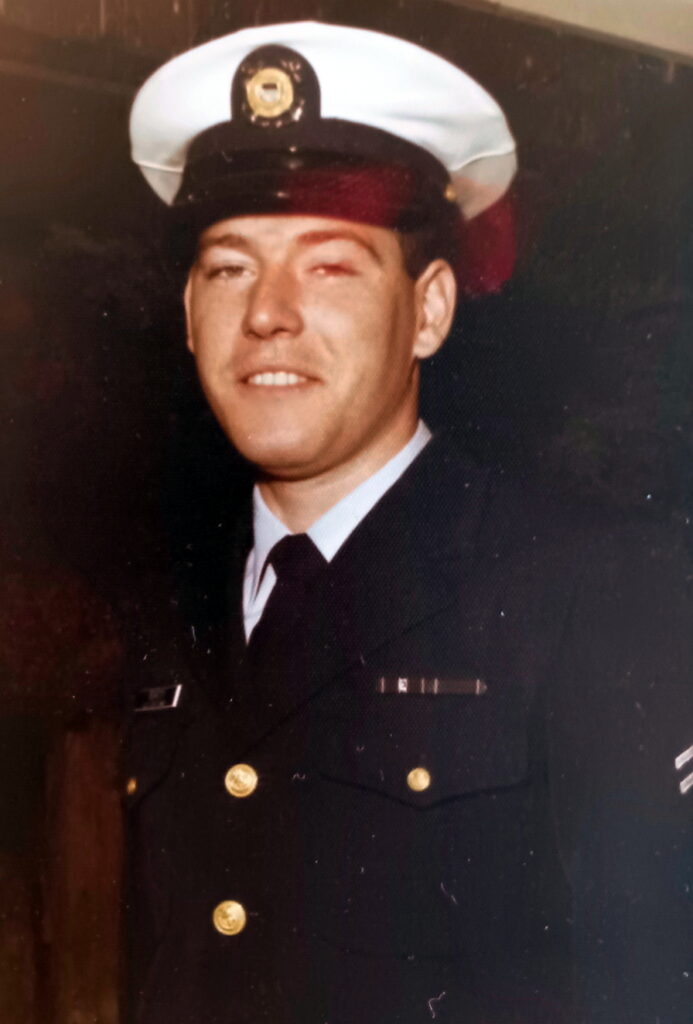
Although I have many fond memories of my time in the Coast Guard, I planned to continue my education under the GI Bill and so was discharged after initial enlistment. I suppose my time in the Coast Guard helped remove my head from the wrong end of my body. I eventually graduated Magna Cum Laude from Temple University, Philadelphia, PA, with an Environmental Engineering degree, and later added an MS in Engineering from Drexel University, also in Philadelphia.
If you participated in any military operations, including combat, humanitarian and peacekeeping operations, please describe those which made a lasting impact on you and, if life-changing, in what way?
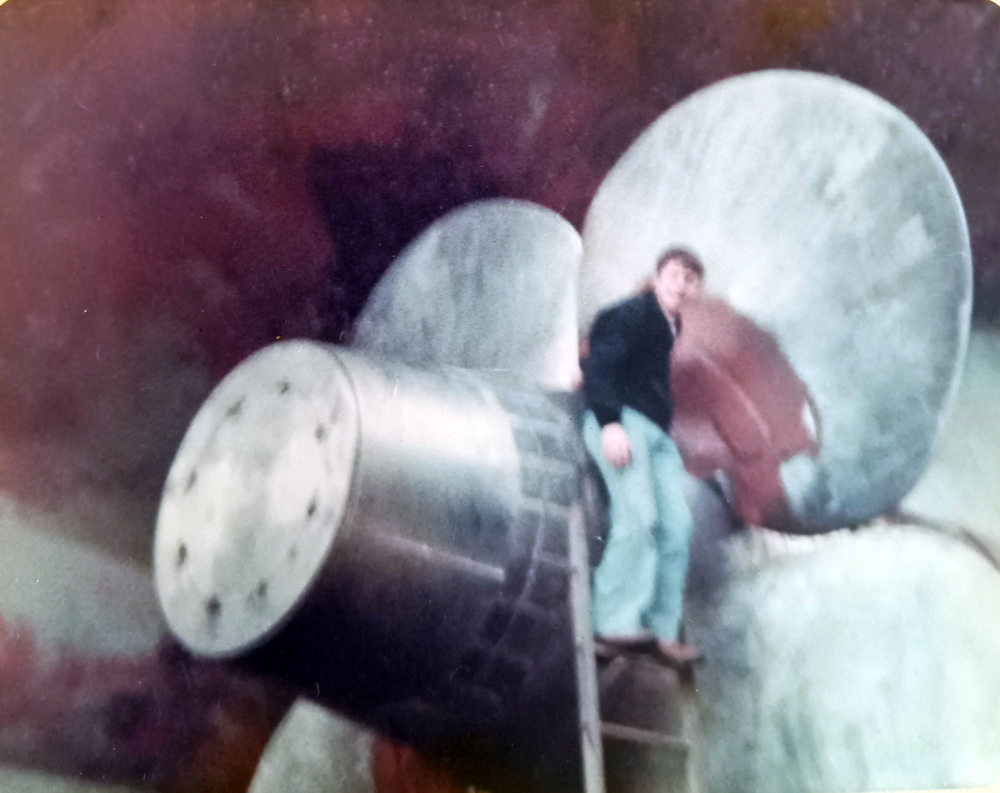
Boot camp is boot camp – you just get thru it! But scoring high, I was eligible for billet on the USCG Polar Star (WAGB 10) in Seattle, WA. With a sports background, I bonded with and joined the intramural football and softball teams onboard the ship. That trend carried into my last duty station on Governors Island, NY.
When I arrived, the Polar Star was waiting for screws to be returned (severely damaged on her initial ice-breaking trip to Alaska) with some upgraded engineering design installed. In and out of the dry dock, we eventually got fitted with the newly designed screws and headed South to McMurdo Station on the Antarctic ice shelf. En route, we sailed right past Hawaii, waving at the bathers on Diamond Head Beach as we went by! Pulling into Wellington, New Zealand, for nine days, we replenished supplies, had numerous liberty calls, and otherwise got ready to continue south. While there, I met with several locals and remained friends after more than forty years.

Reaching Mt. Erebus, we cruised SW and then SE around the landmass. I happened to be at the helm on a midnight watch (at the time, it was 24 hours of daylight) when we witnessed surface water conditions that were literally mirror-like with the reflection of Mt Erebus in the background – it was truly a remarkable and very memorable experience – a true “once in a lifetime” event!
Hove to the annual ice; we had 24 hours of liberty with a pallet of beer placed for cooling on the ice for our enjoyment – belated thanks, Skipper! The crew saw penguins and killer whales in the open water, and a few guys dropped lines off the stern to try their hand at “fishing.”
We made record time while breaking ice into the station using our twin turbine-powered drive units (2 – 727 turbine engines). Not including downtime, it took less than 24 hours through about 11 miles of 6 – 10 foot thick annual ice to get to the station. We literally broke open a harbor for the supply ships to use afterward. After about two days at the station, we came about North West and made a single tack without stopping (as the breaking ice wedge moved into the space we opened on the way in); that took less than 5 hours to complete! Amazingly, with a hard South wind, the “wedge” of ice just drifted out to sea. As we returned to open water, the supply ships were already lined up to get in and drop off their cargo at the station.
The outboard screws were strong enough to back up into chunks of ice as big as cars, but their seals on the variable-pitch propellers failed; we leaked hydraulic fluid all the way back to Seattle.
An opening for a Class A school in Yorktown VA Marine Science School awaited me in Seattle. After twelve weeks of school, I came out PO3 and was billeted to Captain of the Port NY – Pollution Response office. Duties included chasing down unknown sources of oil spills in the harbor, pollution overflights in Huey helicopters, and following up on ongoing oil “seepage” cases where oil entered the waterways from adjoining groundwater tables during tidal changes (the source was typically associated with century-old petroleum processing operations that either leaked or just poured then-waste products such as gasoline in open, unlined earthen basins for disposal – sometimes lit to burn off the high-end hydrocarbons – we had lots of these cases in the NY Harbor).
During one huge oil spill, the editor of the New York Times asked our CO for some overflight pictures – I was assigned by our Skipper, Captain James Fleishell, to “take plenty of shots” of the barge run aground in the harbor. I providedfour4 rolls of film, and one of the pictures ended up on the paper’s front page!

We also assisted State officials in pollution response and cleanup operations. One case was a fire and resulting cleanup of Chemical Control in Elizabeth, NJ. At the time, it was one of the worst hazardous waste sites in the country. While still active, the facility was identified as the largest Hazardous Waste incinerator East of the Mississippi; actually, it was connected to organized crime, and the property was literally full, drums stacked three high of chemical waste – most taken illegally – all the way to the bank of the Elizabeth River.
I had been assigned a response to a spill from a leaking drum along the river. Walking through the building to get to the leaking drum, I happened to walk past a wooden box on the floor containing what I thought were road flares; only later to find out that it was a box of dynamite (nitroglycerin literally in droplets on each stick – very unstable!).
The place was under cease-operations orders by the FBI, the NJ and NY State Police, Attorney General’s office, and several other agencies – it was a rather dangerous place to be for a guy about to kick a box of “road flares” on his way to investigate a leaking drum along the Elizabeth River. But I met my future employer at that site, the on-scene NJ representative for the cleanup.
The place “mysteriously” caught fire several weeks after they were shut down; first responders approached by way of the waterway The Author Kill, being entirely Coast Guard Small Boats with firefighting capabilities. The poor guys onboard the small boats had no clue what smoke and fumes they breathed contained – worse, they had no respirators to breathe through. But as the saying goes – “…we have to go out; we don’t have to come back!”
God Bless each and every one of them.
After discharge in April 1981, I finished my degree and entered the environmental field as an engineer. Under the GI Bill, I was also able to achieve MS in Engineering as well. A Professional Engineering (PE) license followed that, and thirty-six years later, I’m now retired.
I credit my experiences in the Coast Guard, especially pollution response operations in the New York harbor, with helping me achieve my career goals.
Did you encounter any situation during your military service when you believed there was a possibility you might not survive? If so, please describe what happened and what was the outcome.
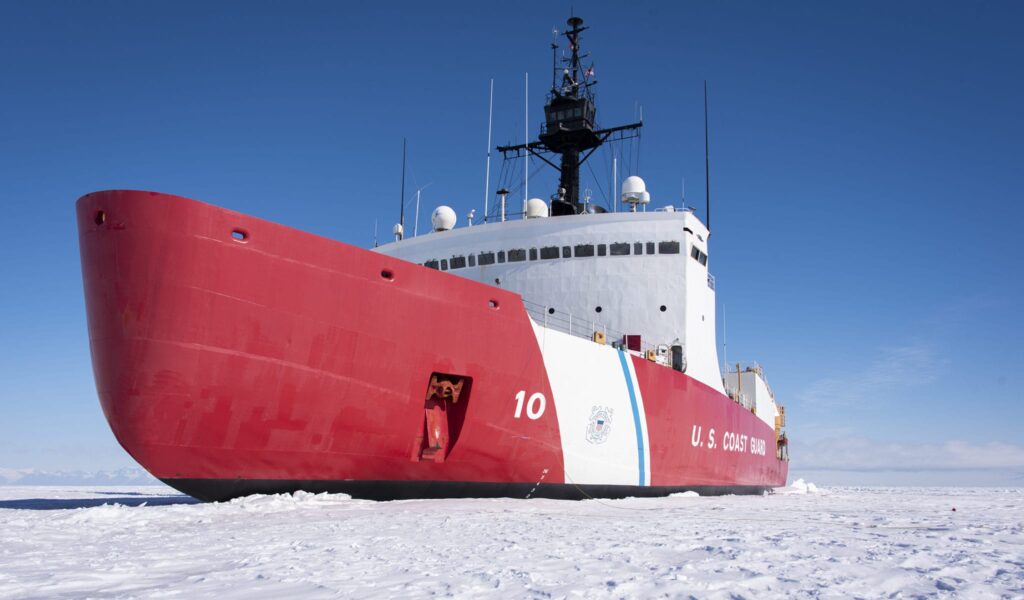
Besides doing a few stupid things, no. The closest thing to firing a weapon after boot camp was while underway across the wide blue Pacific Ocean; our Gunner’s Mate (later CWOII) Lewis hoped to talk the C/O of the Polar Star to allow some target practice for the deckies using a mounted 50 cal. The plan was to toss overboard some empty metal 5-gallon milk containers from the galley, and each of us would have a chance to sink them before getting out of range. Skipper didn’t buy into it!
Then there was, of course, a liberty call in Wellington, New Zealand, when several of us decided to finish a bottle of Jim Beam bourbon. It was not necessarily a service-related operation, but it sure was difficult to make it back to the ship and to get up the next morning for roll call. The next day, my First Class saw my condition and told me to go sleep it off in the towing hawser bin below decks. Late morning my two drinking buddies, Sn’s Martin and Lewellen, came down to wake me up. I still remember their smiles at my rather serious condition, and I still can’t touch a drop of Jim Beam to this day.
On a serious note, any connection to the investigation and cleanup of Chemical Control would really have been hazardous duty.
Of all your duty stations or assignments, which one do you have fondest memories of and why? Which was your least favorite?
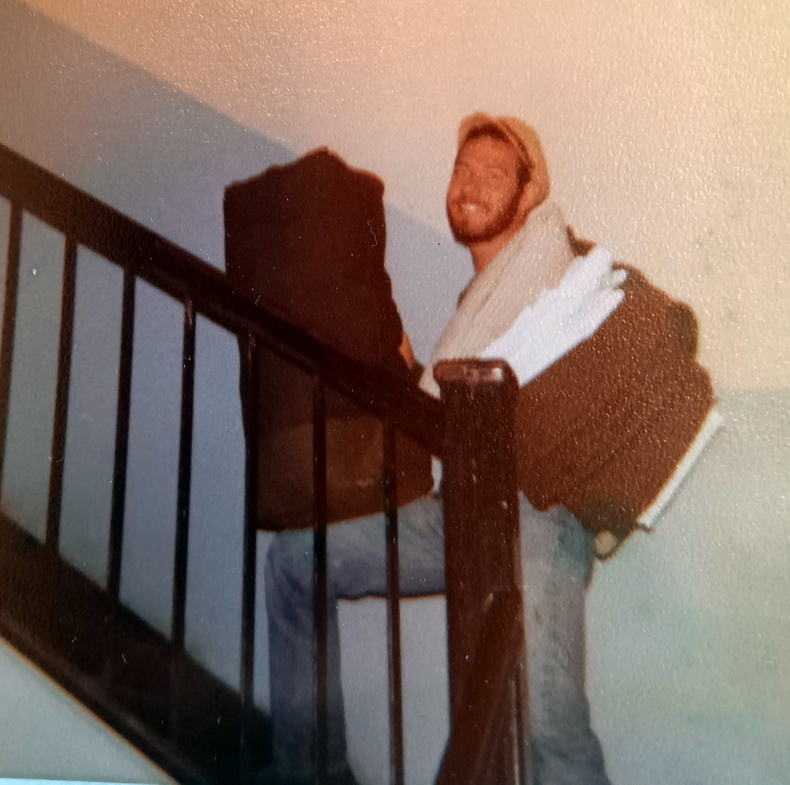
Really most were good experiences, but bonding with the jocks onboard the Polar Star and at Governors Island was a plus and allowed me to kind of break the ice by getting to know the other guys better.
Getting to know Sn Paul Martin and a few others from the Polar Star while playing sports was certainly memorable.
One of the dumber things I ever did was try to make some hooch onboard the Star-Raisin Jack! But the best-laid schemes “Of Mice and Men….”
While crossing the Pacific towards New Zealand turns out the place my buddy and I decided to store this hooch was on the Main Deck locker room for saltwater-activated aircraft ditching lights. Not actually knowing what was in all the long boxes, we threw overboard a few to make room for our hooch. It was nearly midnight on Thanksgiving Eve when these “boxes” hit the salt water. Not long after, there went the lights pinging and bobbing on the surface.
Lookouts soon spotted the lights, and the worst fear for the Skipper was that we may run over a sailboat! Coming about, Senior Chief Shettlesworth called on the deckie with the best rope-handling skills (former rancher BM3 Treace), who quickly lassoed and hauled in the lights. Skipper told the Chief to check the storage room for the lights, and he just happened to find me in there trying to rearrange the equipment and hide the hooch.
After about an hour in sickbay, where the ship’s Dr. tried various ways to interrogate me, I fessed up. At the time, the doc and several other officers in the sick bay just rolled their collective eyes; CWO Merchant, my deck officer, merely said (almost relieved), “Reardon, go lay below.” The holiday schedule the next day let me sleep in a bit – but by the time I got to the mess hall, I was famous …. for the wrong reasons, of course!

Getting bucked down to E-2 during a Captain’s Mast, the Skipper pulled me aside and said, “Reardon, you are going to have one hell of a sea story to tell!” And so the story continues…
(Side Bar: if there ain’t a smile on your face, don’t bother reading the rest of this …..)
Onboard ship, some of the crew thought I was a Narc (Narcotics officer); I suppose that is why I never got invited to any of their off-ship parties – although I would have accepted the invitation. But mostly, all the jocks hung out at the Flame bar in North Seattle on Friday nights – “Flame on Fridays” was how that invitation went. One night a rather drunk SN Martin put his arm over my shoulder and shouted (over the loud bar noises,) “Reardon – you ain’t half bad…” Nearly 50 years later, that may be the best accolade I have ever received. Fitting in was not a strong suit for me.
Memories from when I chased oil spills include pollution overflights and seeing all the sights around New York from the air – like the Statue of Liberty and the many bridges, the most impressive being the Verrazanno which spanned from Brooklyn to Staten Island, and of course, Lower Manhattan and the (former) World Trade Center.
On Governors Island, I also ran the FOIL unit (Field Oil Investigation Laboratory), where I was able to track down the sources of multiple oil spills that were of suspicious or just unknown origin. As I would tell the guys taking the samples and writing up the case… “Book “em Danno,” and then they would usually laugh.
Having my photo of the run-aground oil barge end up on the front page of the New York Times was kind of a proud moment for me as well.
From your entire military service, describe any memories you still reflect back on to this day.
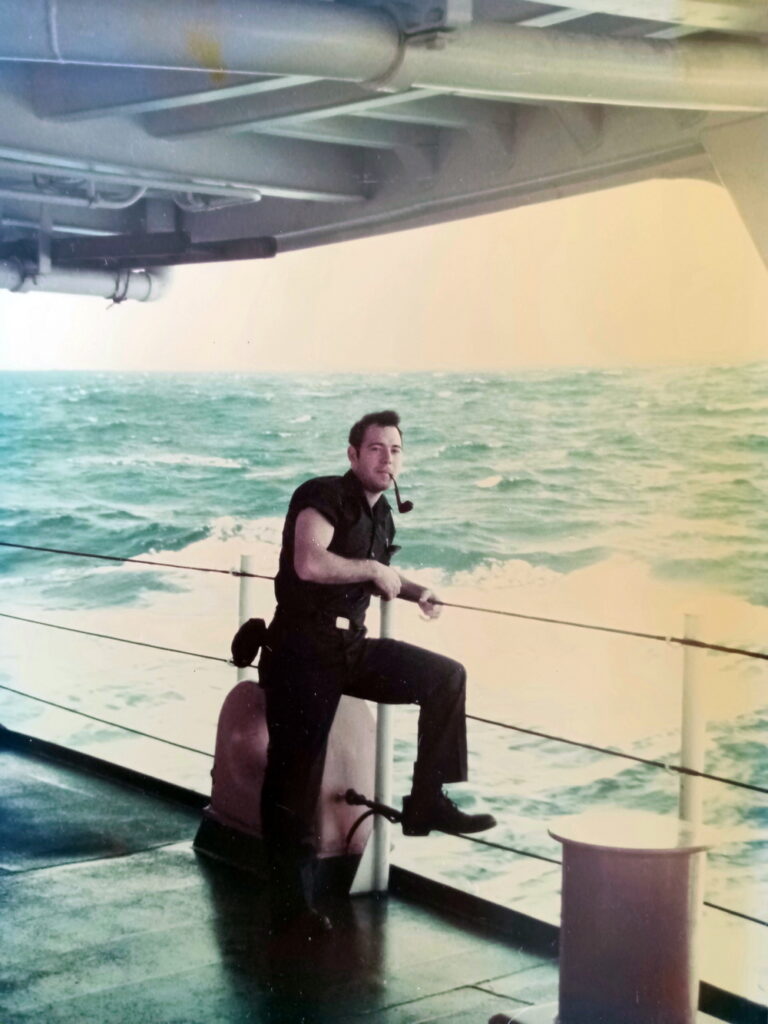
Playing sports with my shipmates and learning laboratory skills. Other memories are described above.
After discharge in April 1981, I finished my degree and entered the environmental field as an engineer. Thirty-six years later, I’m retired.
I credit my experiences in the Coast Guard, especially pollution response in the New York harbor, with helping me achieve my career goals.
What professional achievements are you most proud of from your military career?

Coming out of the service as E-5 (almost making E-6 but was a bit limited on time…). Helping to keep the waters of New York Harbor just a little bit cleaner and supporting the cause of prosecuting those responsible for spills.
Often the career workers along the waterfront (bargemen, dock workers, those unloading tankers, etc.) would tell us just how clean the water had become – they seemed to credit our work from COTP – NY for the reason or at least gave us some credit for the difference.
Being known as a sailor who could be relied on in many situations, especially cleanup duties and coordinating cleanups with agencies such as NYDEC and NJDEP (where I later landed a job!).
Being able to continue my career in the environmental field.
Not necessarily a professional achievement, but having my photograph of the grounded barge spilling oil throughout the New York Harbor, which ended up on the front page of the New York Times, helps to puff up my chest.
Of all the medals, awards, formal presentations and qualification badges you received, or other memorabilia, which one is the most meaningful to you and why?

Unit Commendation for the cleanup of the grounded oil barge.
Which individual(s) from your time in the military stand out as having the most positive impact on you and why?

Polar Star shipmates and pollution response folks – we felt like family, although a rather odd one…!
My time at Class A MST school was rather special too.
List the names of old friends you served with, at which locations, and recount what you remember most about them. Indicate those you are already in touch with and those you would like to make contact with.

I did some pheasant hunting with QM2 Sean MacKenzie from the Polar Star several years after I was discharged. He ended up a pilot on commercial vessels in the Great Lakes; we met in Iowa farm country, where he had the opportunity to follow behind a pretty good pair of English Setters. The Captain’s steward Jeff Boivert (sp?), was the ship’s barber and class clown too. He and Sean were pretty close.
However, if I could ever come in communication with Paul Martin from the Polar Star, that would be great; as jocks, we were a pretty tight group. Also, being an outdoorsman, I had chances to fish and hunt in the Oregon hometown of Craig Barns (later BM Master Chief); Martin joined us there on the fishing and camping trip. Before sailing south, Barnes invited me to join him for hunting ducks (actually, I had the car – which made me a little popular onboard ship!). We did pretty well, but one shot I made on a Pintail was at about 60 yards – that even impressed Barnes.
DC 1 (later Lt JG ) Mike Foley was as serious as it gets on board the ship – but just about as loose as it got when he was off the ship – if he didn’t find a date on a Friday night, he was happy to get into a fight (as was his close buddy SN Martin). Foley rode bulls in Wyoming rodeos before enlisting – one tough guy, but one to do battle for you in a heartbeat.
SN Marsh McKee left the ship for Corpsman school (being a civilian EMT led him in that direction). He was a class act; McKee, Martin, and Steward Boivert taught me to snorkel in Puget Sound. McKee was rock-solid built, and I believe he could carry anybody onboard the ship if the need arose. He had the most contagious of personalities on board the ship.
Tall SN Larson from the Midwest often joined me in Sunday service at the local Catholic Church, even at McMurdo station!
SN (later CWO 3) Mac McCall and I finished boot camp together, along with SN Crowell. SN Rocky Thompson and I were given high praise from the Helo crew detached to the ship for Operation Deep Freeze 78; as helos would land on the flight deck, assigned teams had to run out to strap the airships down to the flight deck – Rocky and I were aces at it.
Snevets – aka SN Stevens was our quarterback – he played for the University of Montana before enlisting in the CG. One night he ended up on the floor of his date’s bedroom – I guess she got a little too excited! It turns out SN Walker was a pretty good gambler – after cleaning up onboard during Casino night (a special ship holiday…), he bid to join a flight back to Mobile, Alabama, where our helo crew was based. He bid all his winnings (Polar Star Coinage…) for a seat once the auction began; then about cried when the second seat went for way less than he bid!

MST’s Don Hess and Terry Hoover were personal friends and gave me a shove toward Marine Science Class A school in Yorktown, VA. I later met Don at a Class B school in Groton, Conn., where he was on-staff teaching FOIL skills.
SN Dana Feller was from Seattle, and several times, he invited guys over to his house for home-cooked meals, which was great for guys too far from home – he was another class act and a squared-away sailor. Our paths crossed again while we were at Yorktown, VA.
QM2 Joe Hartline from the ship also served with me at Governors Island – we were both PA boys!
While at Class A school, I met Garrett Hebel and Joe Morris, among others. We had a great class of MSTs! Our lead instructor Master Chief Dawson was about as salty as they can get.
Meeting any of these and the other crew again would be great.
I credit numerous guys I chased oil spills with teaching me the ropes – BM1’s Bagnato and Kenyon; GM2 Rick Oakley (who later returned to the Coast Guard and achieved the rate of Command Master Chief on a base in Alaska); Pranksters Alheim and Stuckey; PO3 Buck Petre – he was a serious hoot; RM 1 Tim Donovan, GM Chief Rae Bison, and BM3 Rick Eaves who always was looking for a “major spill”; BM3 Steve Murphy. Donovan and I actually graduated the same year from the same high school in Levittown, PA but didn’t know each other – graduating class of 1052 kids made it difficult to know everybody; he was on the HS Wrestling team.
BM1 John Scott served more tours in Viet Nam than any other ‘Nam vet I know; he ran small boat operations in the Mekong delta – he had an odd sense of humor, was totally professional, and was highly respected on the job.
MST2 Rick Jones and Peter DeWilde shared some fun times; BM3 Rick Eaves from Texas was a nut but a likable one. MST3 Jim “Tennessee” Williams was just a hoot on or off the job. My enlisted quarter’s roommate BM1 Mac MacGowan ran small boats; he was a very interesting guy of high intellect and great to have your back in a bar fight.
Stuckey and I spent a 4-day weekend in the Adirondack Mountains, where the bears got too close at night, and the temperature was way too cold for my sleeping bag. Murph and I returned to his home in Braintree, Mass, for a great weekend visit, where I learned how to cook a serious omelet.
I didn’t always get along with these guys, but that never got in the way of achieving the mission before us.
Can you recount a particular incident from your service, which may or may not have been funny at the time, but still makes you laugh?

Drinking beer on the Antarctic ice shelf and watching some of the crew “fish” for killer whales off the stern of the Polar Star as we were hove to the ice for the first time.
I was also known as “Raisin Jack” Reardon for a failed attempt to make some fermented beverage onboard the Polar Star
What profession did you follow after your military service, and what are you doing now? If you are currently serving, what is your present occupational specialty?

Currently retired from 36 years in the environmental field. It all started chasing oil spills from the Captain of the Port, NY – Pollution Response Office.
What military associations are you a member of, if any? What specific benefits do you derive from your memberships?

Member of this organization, Together We Served. Finding former shipmates.
In what ways has serving in the military influenced the way you have approached your life and your career? What do you miss most about your time in the service?
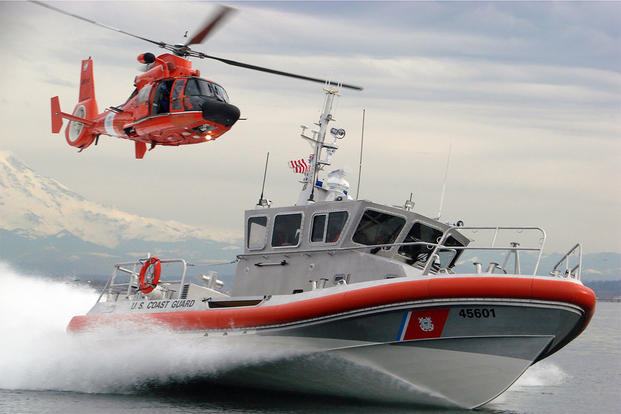
Follow through with all commitments; pay attention to the small details; do the routine things well. Laugh, especially at the guy in the mirror! I miss the Comradery.
Based on your own experiences, what advice would you give to those who have recently joined the Coast Guard?
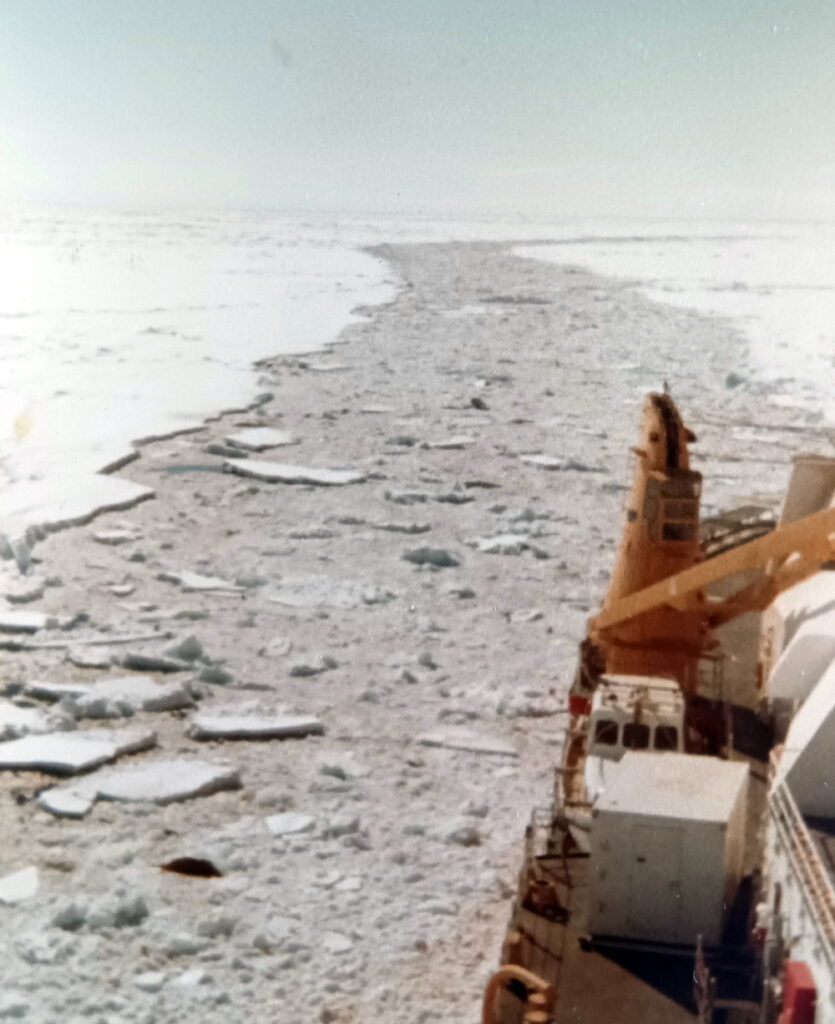
Work hard and do your job. Do the routine things well!
In what ways has togetherweserved.com helped you remember your military service and the friends you served with.
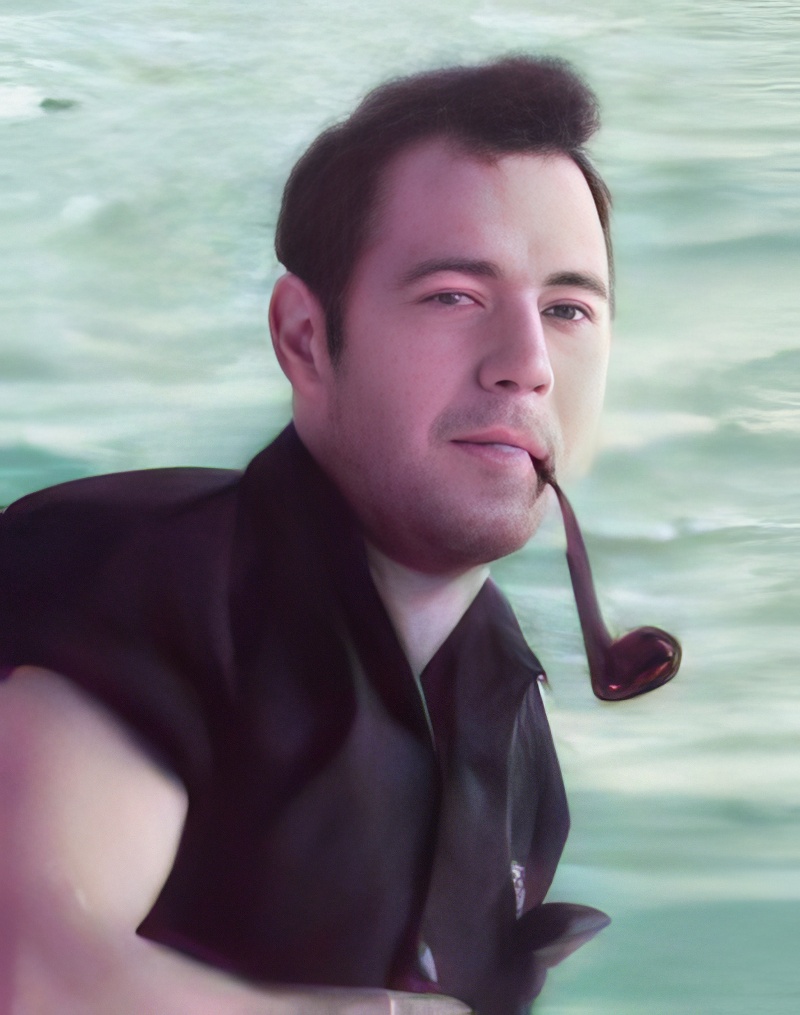
I have seen some former shipmates and associates listed on my duty station lists.
PRESERVE YOUR OWN SERVICE MEMORIES!
Boot Camp, Units, Combat Operations
Join Togetherweserved.com to Create a Legacy of Your Service
U.S. Marine Corps, U.S. Navy, U.S. Air Force, U.S. Army, U.S. Coast Guard
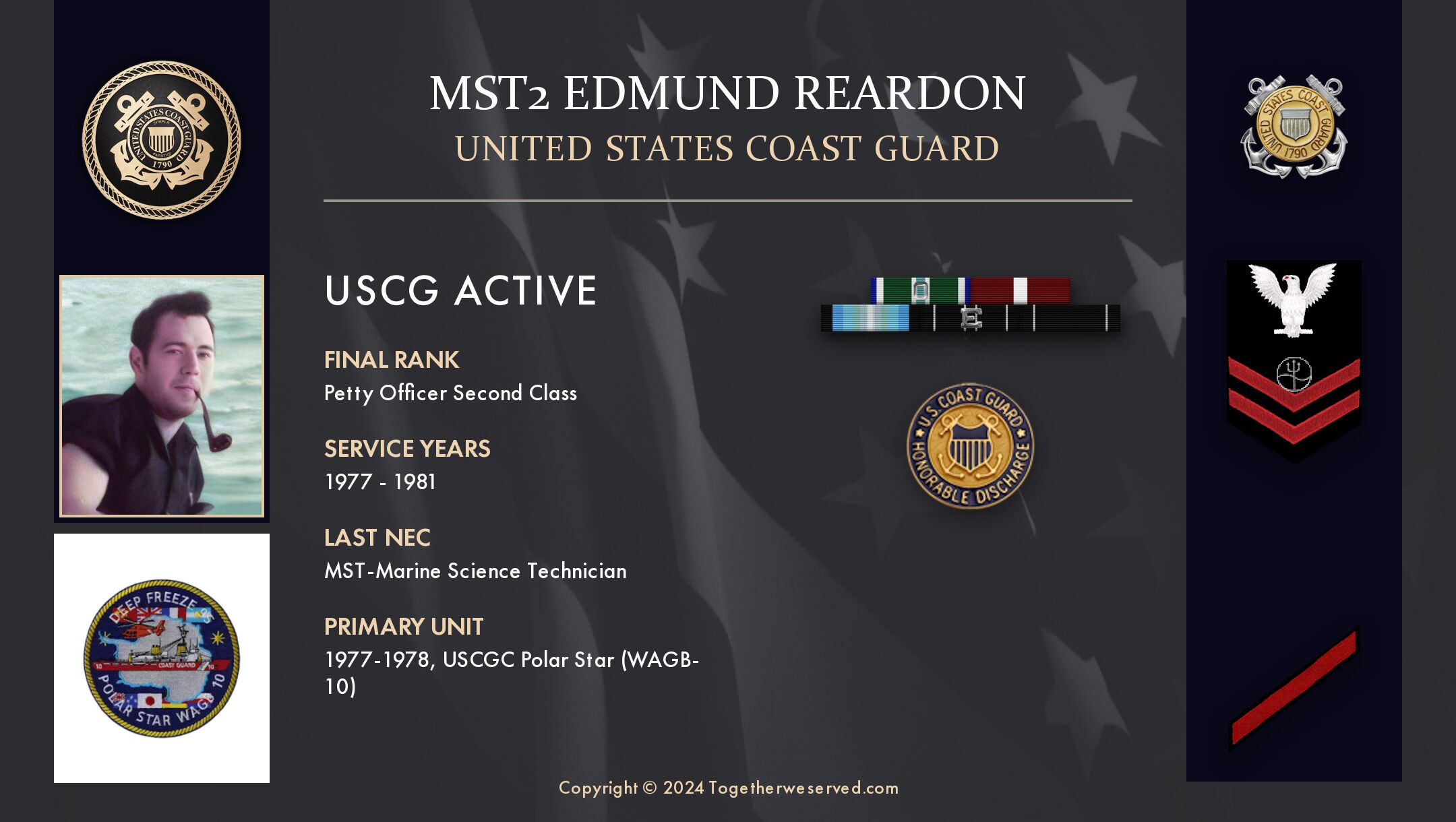
thank you for the incredible remembrances…I served on the Polar Star 76-78…was good friends with Paul Martin and especially Mike Foley as well as many others mentioned. I am in the raisin jack pic next to Paul
Scott Jocoy